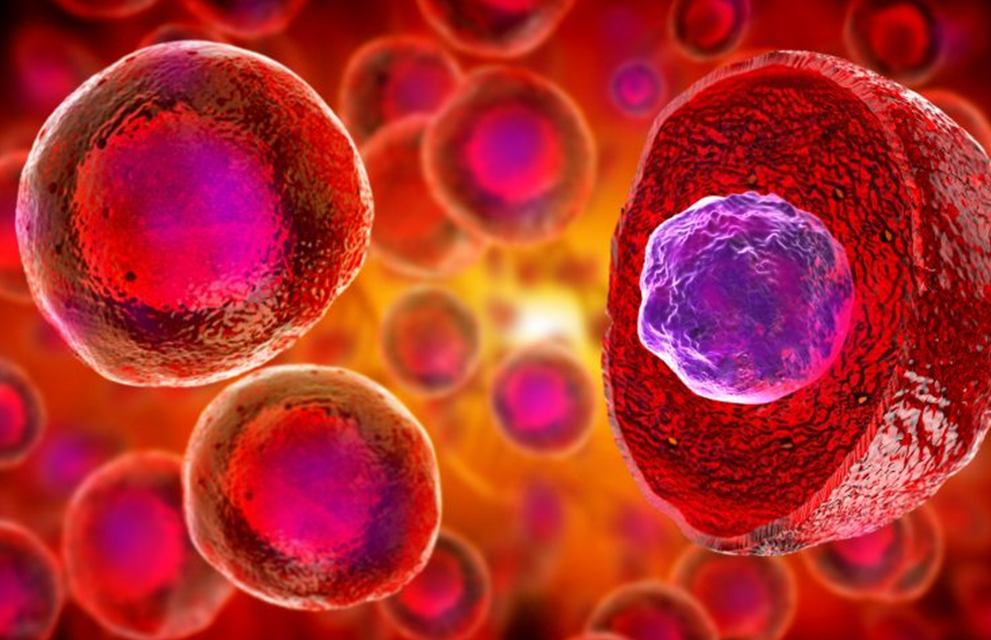Stem cells are naturally producing cells in the body; interestingly they are able to develop into several different types. They are playing an important role in the body repair system after injury, growth, and development. These are also categorized as advanced therapy medicinal products (ATMPs) when stem cells undergo substantial manipulation and use for a different essential function.
ATMPs are the new medicine for human use that are based on genes, tissues, or cells. These offer new innovative opportunities for the treatment of injuries and disease. The stem cell ATMPs are the somatic-cell therapy or tissue-engineered products, are designed based on how the medicine works in the body.
Somatic cell therapy medicinal products (sCTMPs) are developed to diagnose, prevent or treat a disease, by the metabolic and immunological, or pharmacological mode of action of the cells. The legal definition from the Commission Directive 2009/120/EC2: “Somatic cell therapy medicinal product means a biological medicinal product which has the following characteristics:
(a) contains or consists of cells or tissues that have been subject to substantial manipulation so that biological characteristics, physiological functions or structural properties relevant for the intended clinical use have been altered, or of cells or tissues that are not intended to be used for the same essential function(s) in the recipient and the donor;
(b) is presented as having properties for, or is used in or administered to human beings with a view to treating, preventing or diagnosing disease through the pharmacological, immunological or metabolic action of its cells or tissues.”
The somatic-cell manipulation includes the expansion or activation of autologous cell populations ex vivo (e.g., adoptive immunotherapy), the use of allogeneic and xenogeneic cells associated with medical devices used ex vivo or in vivo (e.g., micro-capsules, intrinsic matrix scaffolds, bio-degradable or not).
The custom-made somatic cell therapies authorized by the European Union authorize, these are prepared on a non-routine basis in the absence of centralized marketing authorization, provided that the product is used for patients under the professional responsibility of a medical practitioner in hospitals. This ‘hospital exemption’ needs to maintain stranded requirements of quality and safety of medicinal products, like the US and Australia established regulations.
An advanced therapy medicinal product the efficacy and safety assessment must include the careful description and evaluation of the therapeutic procedure as a whole, including special ways of administration, (eg. ex vivo, in vitro manipulation), and the possibility of drug interactions associated with the prescribed course of medical treatment (eg. immunosuppressive, antiviral, cytotoxic treatment).
Cellular therapy products are unique nonconventional biological substances that are manufactured from living cells and tissue sources (starting material). These are also required to follow the same level of rigor and overall GMP regulatory requirements as conventional pharmaceutical products. For GMP needs a Cleanroom and clean area-manufacturing unit it needs a lot of air and usually at a controlled temperature and humidity. This means that the cleanrooms Air Handling Units (AHU) typically consume over 60% of all the site power in most facilities and its needs a huge investment, a large manufacturing area. It is affecting the cost of manufacturing the final product. To resolve this problem there is an alternative option is the use of a closed system during all the manufacturing passages. The closed systems are formed by a grade-A cleanroom physically isolated from the outside grade D environment. Compared with the clean rooms and clean area setup this closed system can drastically reduce manufacturing costs, improve safety work and these closed systems reach the standardized GMP manufacturing procedures.
Recent Articles
- Cell therapy based on neuronal precursors for the treatment of multiple sclerosis 10 January 2023
- How to Improve the Sustainability of Advanced Therapies: The Case of Strimvelis 24 November 2022
- FDA reorganization: a “Super Office” to manage the increasing cell and gene therapy workload 3 November 2022
- GMP Cleanliness Classifications: Deciphering the Differences and Requirements among Grades 12 September 2022
- How to Overcome the Most Common Issues in the GMP-Compliant Culturing of Mesenchymal Stem Cells: Isolation and Automatization 30 August 2022

